Madeleine Raynel
TREATWELL
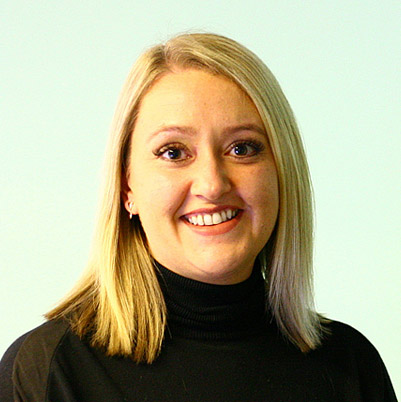 Courtesy of Treatwell
Across Europe, Ireland and the UK, there’s been a real uplift in weekday bookings. Fridays and Saturdays used to make up 41.4 per cent of all bookings, and that’s dropped to 34.7 per cent with the rest equally spread. With more flexible work/home lives, customers aren’t restricted by 9-5 hours and can escape to spas more easily. Operators might now want to relook at traditional peak and off-peak pricing and availability and adjust everything from rates to employee rotas to ensure they’re matching demand.
During lockdown, we saw consumers booking spa breaks and paying comparatively more for them – £344 (US$448, €381) in July 2020, up 22 per cent from £282 (US$367, €312) in July last year – as people dreamed of escaping and a nervousness to travel abroad encouraged staycations. However, that boost was short-lived and the average dropped to £262 (US$341, €290) in September, minus 8.3 per cent year-on-year, as consumers feel less confident about spending money and return to a price-conscious mentality. This means spas will need to be mindful of pricing well, and offering flexible cancellations.
“There’s been a real uplift in weekday bookings”
Theresa Hamberger
SPRINGER MILLER (SpaSoft)
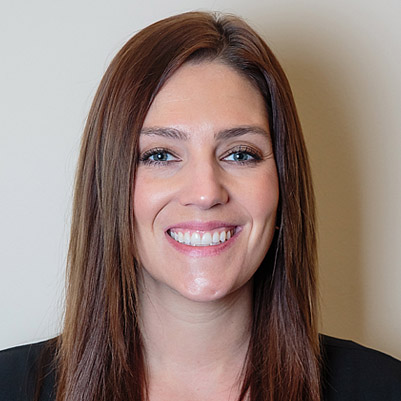 Courtesy of Springer Miller (SpaSoft)
Travel restrictions and fear of travel is having a significant effect on our industry and we’re seeing that in SpaSoft’s big data. On average spas with a membership programme and/or strong local following took two or fewer weeks after reopening to generate about 50 per cent of their pre-COVID daily revenues while destination spas took eight–12 weeks. But the good news is that demand is there.
Initially our spas saw a huge increase in lead booking time during closure, with several consumers pushing their appointments out by six months or even a year, which indicates trust in their spa/wellness provider. But this lead time reduced by 20 per cent on average after reopening, which suggests that while guests are still excited to get back into spas, and they trust them to provide a clean and safe environment, they’re less likely to book trips/experiences too far into the future due to uncertainty.
“Spas with a membership programme and/or strong local following took two or fewer weeks after reopening to generate about 50 per cent of their pre-COVID daily revenues”
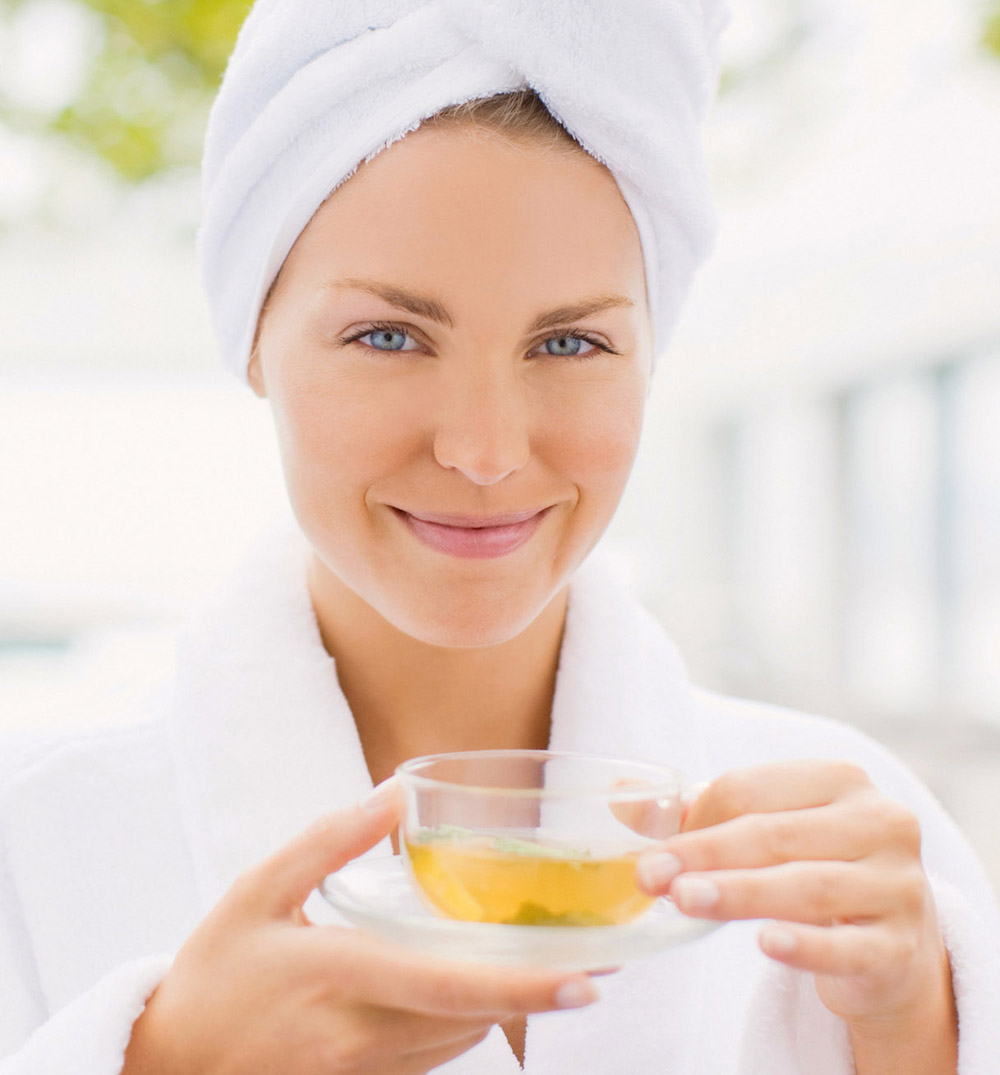
Consumers are hesitant to book treatments too far in advance / Nicolesa/SHUTTERSTOCK
Darren Pick
iSALON
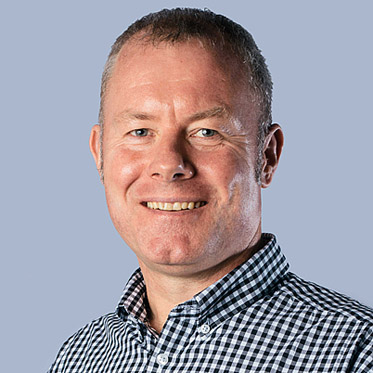 Courtesy of iSALON
Average bookings pre-lockdown for all our spa clients were 7,000-8,000 a day. These jumped back once restrictions were relaxed and have now settled down to around 6,000 a day. It can be assumed that the slightly lower number of bookings is a result of reduced capacity at peak times as a result of restrictions in spas.
It’s interesting to note that the average spend per customer is higher than the pre-lockdown rate of £38 (US$50, €42). In Q2, during lockdown, average spend went up to £40 (US$52, €44), which we believe is due to online retail. It then spiked in July at £50 (US$65, €55), probably a result of people having multiple treatments and services, and now sits at around £42 (US$55, €46). This could be the result of an increase in prices, spas applying a COVID charge or only providing services of a higher value and removing services with little value.
“Average spend per head is now higher than the pre-lockdown rate of £38 (US$50, €42)”
Stavros Mavridis
SOUL TAILORS
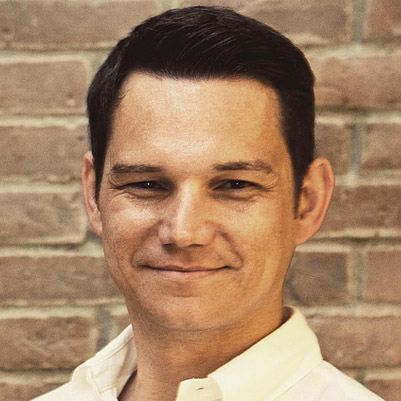 Courtesy of Soul Tailors
Spas which use our Aphrodite Software are reporting longer treatment times. Before COVID-19, the average length of a booking was 50-60 minutes. Now, eight out of 10 consumers are booking 90- to 120-minute sessions – they want total relaxation.
There’s also an increased desire for touchless journeys and three out of five people who go to a spa are now requesting contactless booking experiences.
Finally, there’s a change in demand for where people workout. Five out of 10 guests say they’d love to have an outdoor physical activity rather than using the gym, enabling facilities to be more creative and develop new concepts.
“Three out of five people who go to a spa are now requesting contactless booking experiences”
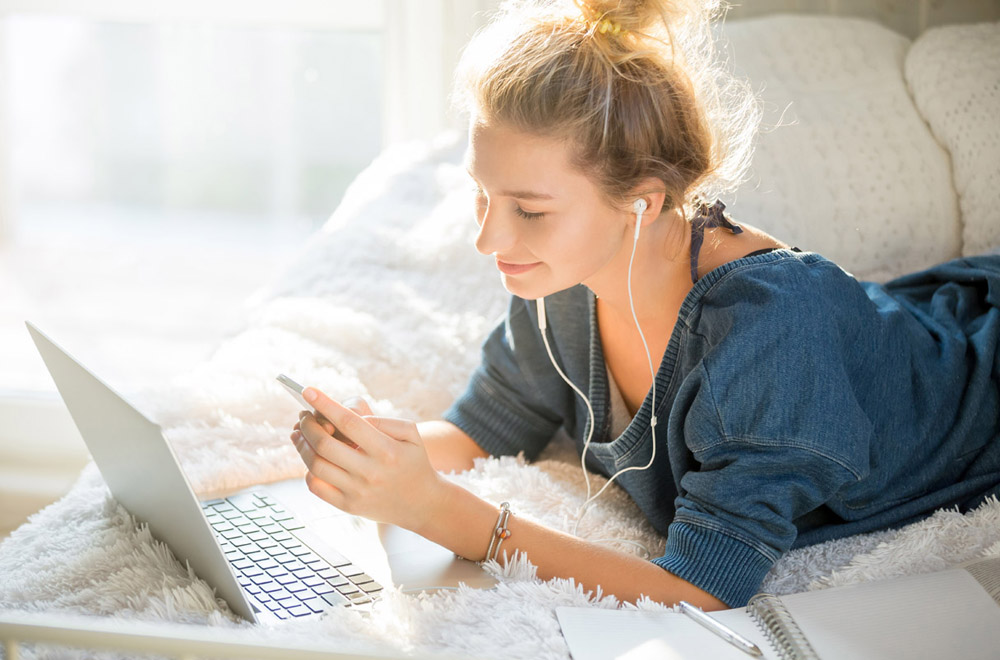
Guests are booking longer treatment times for total relaxation / fizkes/SHUTTERSTOCK
MINDBODY
Figures from some 3,000 spas using Mindbody software in the US show that bookings for the industry have rebounded to about 65 per cent of pre-COVID levels and have levelled out there. This is likely to be because of [capacity and social distancing] restrictions put in place by local governments.
We’ve also found that post-lockdown, the length of spa services has decreased across the board by approximately 10 minutes per service on average. We believe this might be because of the increase in cleaning protocols.
“Bookings have rebounded to about 65 per cent of pre-COVID levels”
Brett Smith
CONCEPT SPA & GOLF
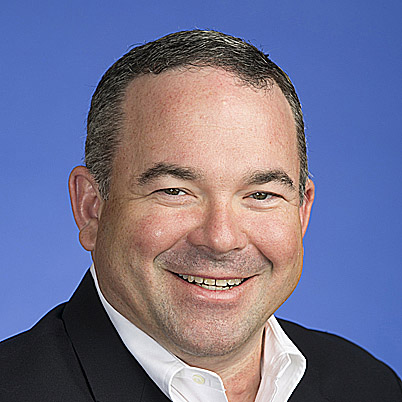 Courtesy of Concept Spa & Golf
Overall, spa occupancy is down about 70 per cent and average operating hours have dropped from 12 to nine hours a day. This isn’t surprising, but it’s interesting to see that the 60/40 female/male gender ratio was maintained.
Guests are consuming longer treatments post-COVID – from 64 to 75 minutes on average. Massage service bookings have picked up, but the demand for facials has decreased by 60 per cent, which we think is partly due to health and safety measures. Social distancing and new procedures means class capacity has decreased significantly. But to combat this loss, spas are now also scheduling significantly more classes and optimising their people and rooms as much as possible.
“Massage service bookings have picked up, but the demand for facials has decreased by 60 per cent”
Frank Pitsikalis
RESORTSUITE
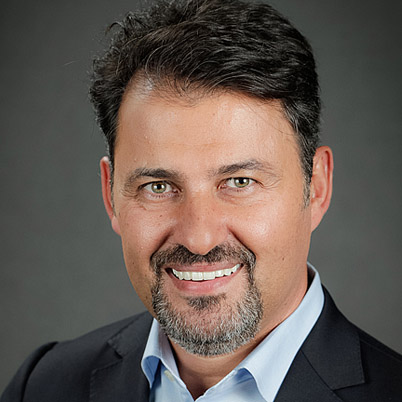 Courtesy of Resortsuite
Since reopening, there’s been an increase in younger guests, day guests, and more people opting for outdoor activities. The biggest change, however, is the limited menu of services. As a result, some operators are implementing advanced yield management techniques to ensure that the limited number of treatments and services they offer can generate better profits.
The booking window has compressed, with more reservations happening within 24-48 hours of an appointment. Automated revenue management tools are even more critical to make adjustments in real-time availability based on changing business conditions.
Guests are returning with new expectations, anxieties and preferences, and they’re seeing much higher call times. This requires more labour – at a time when spas have less staff. Technology can assist by providing efficiencies through online booking, and the trend towards ‘everything mobile’ has been accelerated.
“Some operators are implementing advanced yield management techniques to generate better profits”

There’s been a higher percentage of first-time, younger guests / Dragon Images/SHUTTERSTOCK
Oliver Cahill
PREMIER SOFTWARE
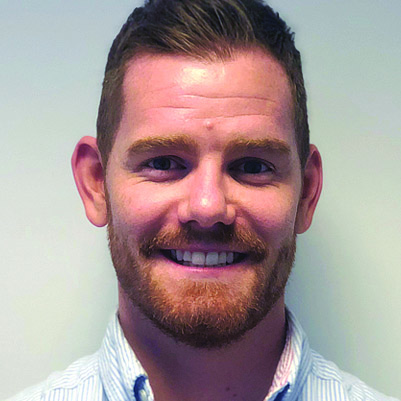 Courtesy of Premier Software
Demand for health and wellbeing retreats in spas are high as restrictions are lifted and staycations become popular. In addition to rebooking appointments lost during lockdown, spas have seen a spike in new bookings, and managers have used Core by Premier Software’s 100+ reports to efficiently schedule clients back in. One report, for instance, quickly pinpoints clients who had to cancel while another identifies those who purchased gift vouchers just before closure, enabling staff to prioritise them.
Another key change we’ve witnessed is the reduction in the number of treatments offered across each day to allow for equipment sanitisation between each client. However, as spas are now running at reduced capacity, with more time and money allocated to hygienic practices, this has undoubtedly impacted revenue.
We’ve seen a clear interest in maximising time slots to cover any shortfall. We give spa managers functionality to easily reduce or amend longer treatment times by five to 10 minutes, to allow for cleaning, while still being able to fit in the same number of daily services they offered pre-COVID.
“We’ve seen a clear interest in maximising time slots to cover any shortfall”
|
|
